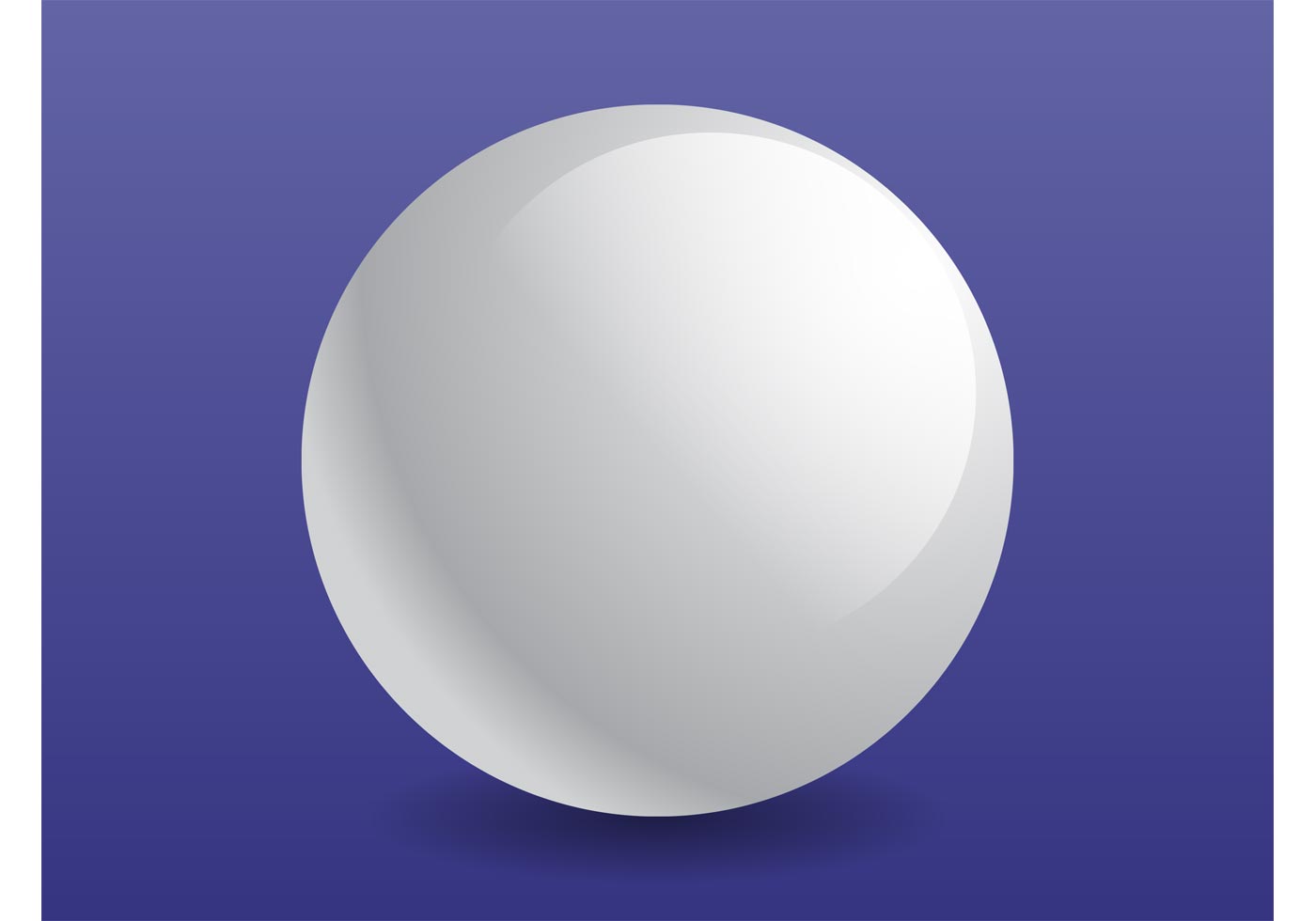

I started with a vector pointing in the "1" direction at the corners from the picture above, you can see that the vector field at the corners lines up perfectly. Here's the vector field with just one singularity drawn on my octagon. We use the hyperbolic plane, because this surface has negative curvature.) I labeled the corners so that you can see how they all get glued together to form a nice 360 degree neighborhood (and so I could keep track of them for drawing my vector field). (If you're familiar with the hyperbolic plane, that's where my drawing comes from. In my picture, there is no need to adjust angles. (For this problem, I don't think it's actually any easier.) Notice that all 8 corners are really the same point, so each corner is drawn as 45 degrees. Theo suggested using the octagon representation of the genus 2 surface, which is generally easier to work with and to generalize. (I drew curved flow lines instead of just the vector field, because it's a lot easier to see what's going on that way.) With that starting point, I found a nice continuous, non-zero vector field to fill the rest of the space. I know I have to start with a degree $-2$ singularity, and I place vectors around the glued edges and points, taking into account the coordinate change required at your handle. Below is a vector field with just one singularity on your surface, taking all of this into account. But that means the neighborhood of this point has 4*270 degrees = 1080 degrees! So to make your diagram a differentiable manifold, we need to use a different coordinate system at that point, so that it has a normal 360 degree neighborhood. If we look at the "hole" you use to make the handle, all four corners map to the same point. Your diagram does give a genus 2 surface topologically, but we need to work with differentiable manifolds.

That is, we travel around the singularity counter-clockwise, and count the rotations made by the directions of vectors we encounter (counting clockwise rotations as negative and counter-clockwise rotations as positive). The degree of a singularity on a 2D vector field is the winding number of the vector field along a small circle around the singularity. Thus, by the theorem, if there is only one singular point it has degree $-2$. (A sphere has genus 0, and a torus has genus 1.) The Euler characteristic of a genus $g$ surface is $2-2g$, so we have Euler characteristic $-2$. You are correct that the sphere with two handles is the same thing as the torus with one handle this is the surface of genus 2. This is a really pretty theorem I first learned it from Alexei Sossinski during a semester in Moscow. The key idea behind this problem is the Poincaré–Hopf Theorem, which states that the sum of the degrees of singular points of a vector field on a compact, orientable differentiable manifold is equal to the Euler characteristic of the manifold.


 0 kommentar(er)
0 kommentar(er)
